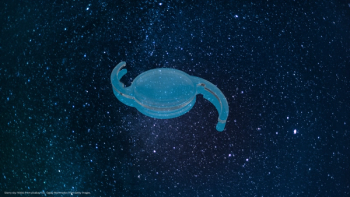
How a flapless procedure provides improved optical quality
Results of a study comparing matched groups of eyes undergoing myopic correction by small-incision lenticule extraction (SMILE) or LASIK show that the optical quality was better and the cornea retained higher tensile strength after the flapless SMILE procedure.
The flapless nature of the procedure means that anterior stromal lamellae remain uncut, with the added benefit of the anterior stroma being the strongest part of the stroma.
In fact, the difference in tensile strength is enough that the cornea is still significantly stronger after SMILE than LASIK even when a larger optical zone is used in SMILE (i.e., greater tissue removal) - which enables less spherical aberration induction and, therefore, better optical quality, according to the results of a comparative study reported by Prof. Reinstein.
"With its benefits for maintaining greater corneal strength postoperatively and inducing less spherical aberration, SMILE allows higher levels of myopia to be treated with greater optical and biomechanical safety compared with LASIK," he said. "Therefore, we believe SMILE should raise the bar for the level of myopia at which phakic IOL implantation becomes the preferred procedure over laser vision correction."
Newsletter
Get the essential updates shaping the future of pharma manufacturing and compliance—subscribe today to Pharmaceutical Technology and never miss a breakthrough.










































